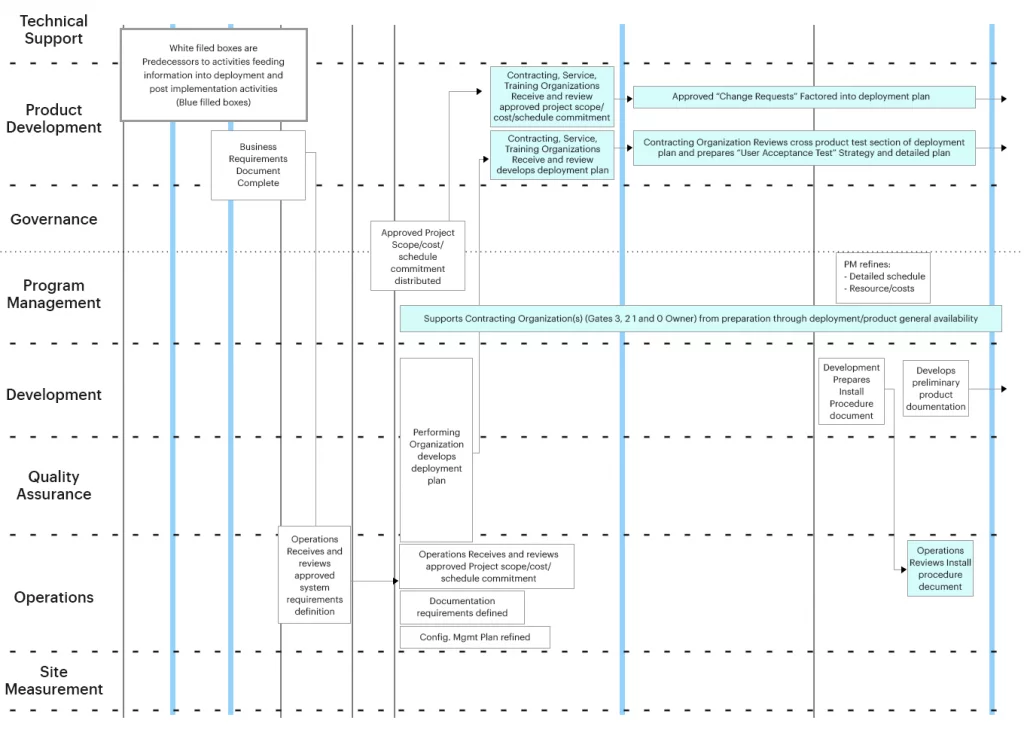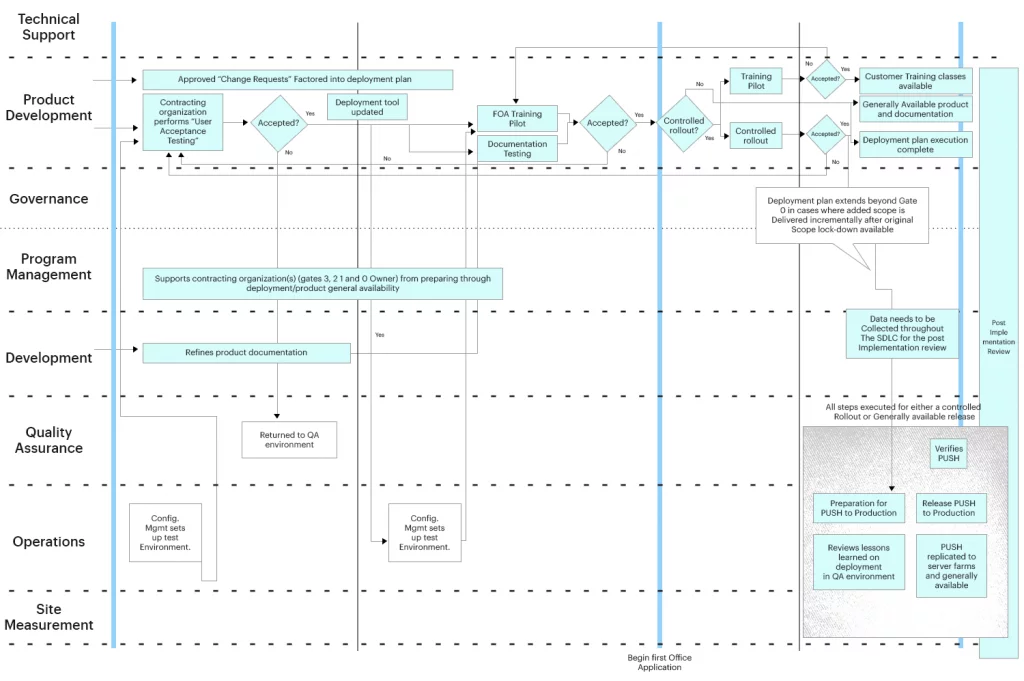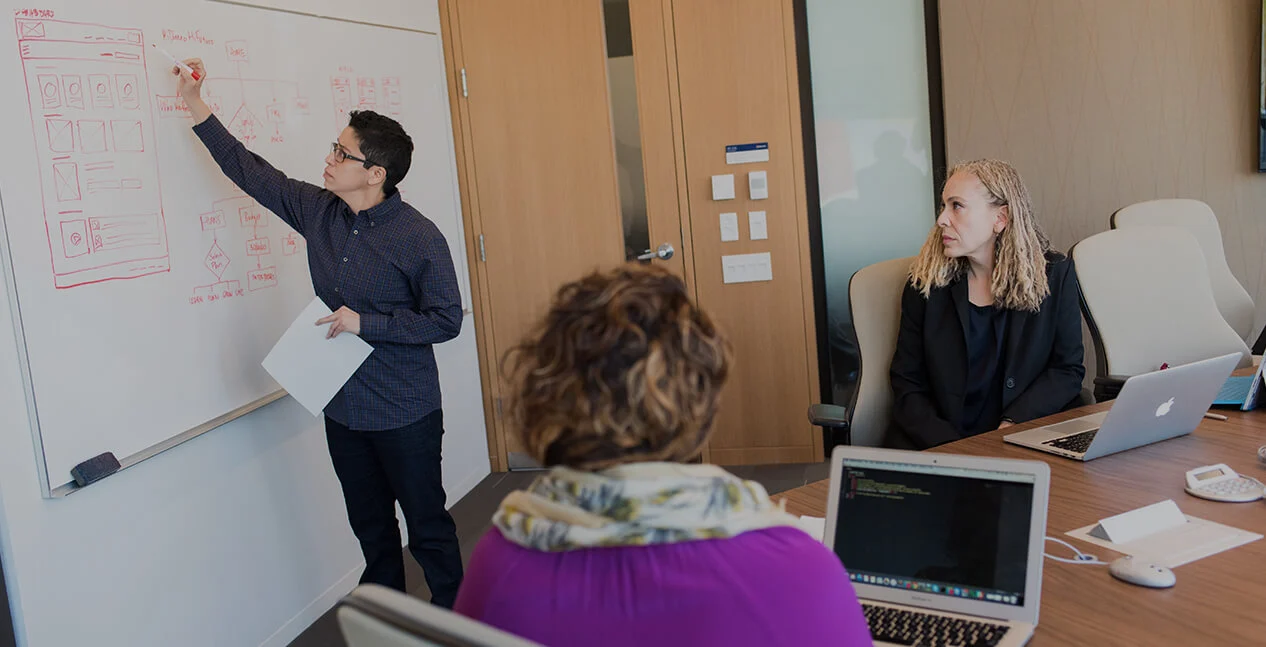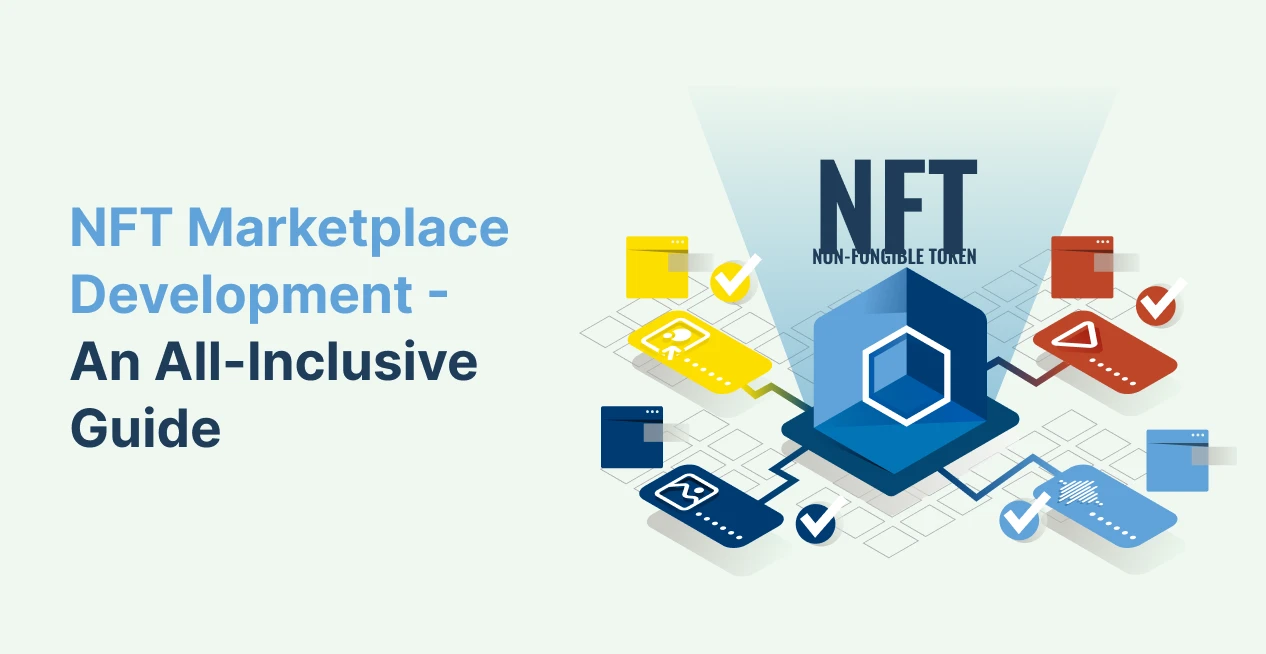What is SDLC Deployment Phase
SDLC Deployment Phase provides for production installation and customer acceptance for the software, requiring all test cases to verify successful software execution, completeness, and correctness. It’s an essential phase in mobile app development.
The Deployment Phase in SDLC includes the work necessary to deploy the final solution into the target production environments. Plus, creating guides for installation, system operations, system administration, and end-user functionality. Besides, you need to create a detailed plan for implementing a solution across the organization. The production implementation plan is more critical when deploying the solution across several environments maintained by different organizations.
A production turnover approval process is necessary to ensure that the receiving organizations have agreed that the solution is operating as intended. Plus, the sustainment organizations must be trained and ready to assume the responsibility to maintain the solutions and train the help desk organizations. You must be prepared to support the end-users, and formal acknowledgment regarding customers or end-user organizations assuming full control over the solutions is necessary.
The approval would not come until the warranty period expires to ensure the sustainment and supporting organizations having adequate time for knowledge transfer and no critical bugs showing up in the deployed solutions.
Objectives – SDLC Deployment Phase
It is the final phase of the software development life cycle (SDLC), putting the product into consideration. Once the project team tests the product and passes each testing phase, it is ready to go live. Thus, the product is ready for use in the real environment by all the product’s end-users.
There are various phases in the deployment process that the project team must follow to ensure that the code and the technology are deployed appropriately. It includes deployment preparation and procedures, product deployment, transferring product ownership, and closing the deployment phase.
Tasks and Activities – SDLC Deployment Phase
The tasks and activities in the SDLC Deployment Phase are associated with specific deliverables. They are performed depending on the nature of the project.
Communicate New Deployment to the Users
The notice must include:
- The deployment schedule.
- A brief description of the benefits of the new system.
- The difference between the old and the new system.
- The responsibilities of the end-user affected by the deployed changes.
- The process of obtaining technical support, including phone numbers and contact numbers.
Execute the Training Plan
It ensures that you are executing the desired training plan.
Perform the Data Entry or Conversion
It makes sure that you are performing the data entry or the necessary conversion if required.
Install the System
It ensures that the system is fully operational and installs the system in a production house.
Post-Deployment Review
It documents the deployment experiences, recommends the system enhancements, and guides future projects.
Revise Previous Documentations
All the relevant documents must be reviewed and updated, considering all the changes introduced by the project. For example, report documentation must always reflect the current state of the report.
Roles and Responsibilities – SDLC Deployment Phase
The various roles and responsibilities in the SDLC Deployment Phase are as follows:
Development Team Leaders
They are experienced and knowledgeable individuals responsible for a group of developers leading the Development and delivery of code with the release features and functionality. They have a broad knowledge of all the software infrastructure tools used in SDLC, SDLC website, and masters in one of the following areas: Java or database, Active server pages (ASP).
Developers
They are proficient software engineers who know the SDLC site under the Development Team Leader’s supervision. The developers generate and pre-QA tests the code.
Engineering Department
It consists of Development (sustaining, strategic and advanced), Quality Assurance, Operations (Release Engineering, OCC, Database Administration, Network, Unix, and Operations Engineering), Program Management, and Systems Engineering.
Product Design Group
It is the client-facing area in the product that prototypes and mocks client specifications reaching consensus with clients on requirements. The product design group ensures that the requirements are delivered as defined in the working document’s scope.
Program Manager
It is the point individual in the Engineering Department who oversees one or more releases from inception through solution delivery.
Project Manager
It is the point individual in the Product Department who oversees one or more releases from inception through delivery into production.
Project Sponsor
The Senior Management assigns the project sponsor during the concept phase and is responsible for all the project start-up activities. It must be a senior management member as it requires backing, commitment, and support from top-level management. The project sponsor develops a release strategy that includes a timeline, research and Development budget, service requests to include, affordability percentage, and additional anchor objectives.
The Senior Management empowers the Project Sponsor to arbitrate amongst projects for resources, commit the organizations for specific deliverables and timeframes, and facilitate the resolution of obstacles to complete a release successfully.
Senior Management
It is the executive management team at SDLC. They establish business strategies and commission projects.
Contracting Organization
It contracts with the performing organization to develop the product using project discipline and represents two departments: Product and Technical Support. The product is divided into Marketing and Product, Sales and Advertising, and Strategic Development. It is as follows:
- Sales and Marketing: It sells to clients in both the domestic and international markets.
- Marketing and Product: It manages the portfolio of functionality and features for outbound marketing.
- Strategic Development: The Research and Development group viewing opportunities in up-selling existing accounts and emerging markets.
- Technical Support: It performs two roles in the current environment: Training and customer support. As a service organization, they provide customer support to end-users (first level). Plus, they provide training to field and service engineers as Training organizers.
Performing Organization
It is generally the Engineering department. The Engineering Department is meant for Development (sustaining, advanced and strategic), systems engineering/architecture, validation/quality assurance, operations (release engineering, OCC, database administration, operations engineering and network), and project management.
Service Organization
It is the unit that provides deployment support services to the Contracting Organization for all the SDLC products. The benefits include provision and support of deployment tools, problem resolution, software load support, phone support, and deployment planning support. In SDLC, the Service Organization is generally technical support.
Training Organization
It is the organization that offers customer installation and operations training to the contracting organization for all the SLDC products and generally refers to technical support.
Read about: Disciplined Agile Delivery (DAD)
Deployment Stage – SDLC
The implementation and design for Deployment and Post Implementation Plan for any project/product begins at Gate 7. The two activities from which the Deployment Plan receives the input are completed before this gate. In Gate 10, the product development meets the business requirements document from the Development, Operations, and Quality Assurance.
The Operations would review the document along with the System Requirements at Gate 9. From Gate 7 to 0, the Program Management supports the Contracting Organization with the activities from preparation through deployment and the general product availability.


Once the product is available, it’s essential to review the “lessons learned” during the SDLC execution. A post-implementation review is scheduled for all the groups participating in the design, implementation, testing, review, validation, operations, and support. The review would examine all notes, comments, and other communication describing the SDLC procedures’ execution.
The review aims to assemble the information about the process and suggestions for improvement and streamline will make it work better. What worked and what didn’t? Are there one or more tasks or requirements to modify for efficiency? Reduce cost or enhance performance? It may not be possible to have all the participants in a single meeting, so the meeting should be organized around common functional areas of responsibilities. Thus, necessary to call several meetings with each focused on a single Gate or collection of Gates related to a specific SDLC phase.
Once all the comments and suggestions are obtained, they are submitted to the CTO and Governance for review implementation.
Conclusion
The project manager is responsible for the successful execution of software deployment. So, the managers must review the deliverable, deployment status and report to management. The managers are accountable for filling the deployment checklist and inform the management that the deployment is successfully done.
Are you looking for software developers for your project? We have a team of highly-skilled and dedicated developers in the market – Ping us.








